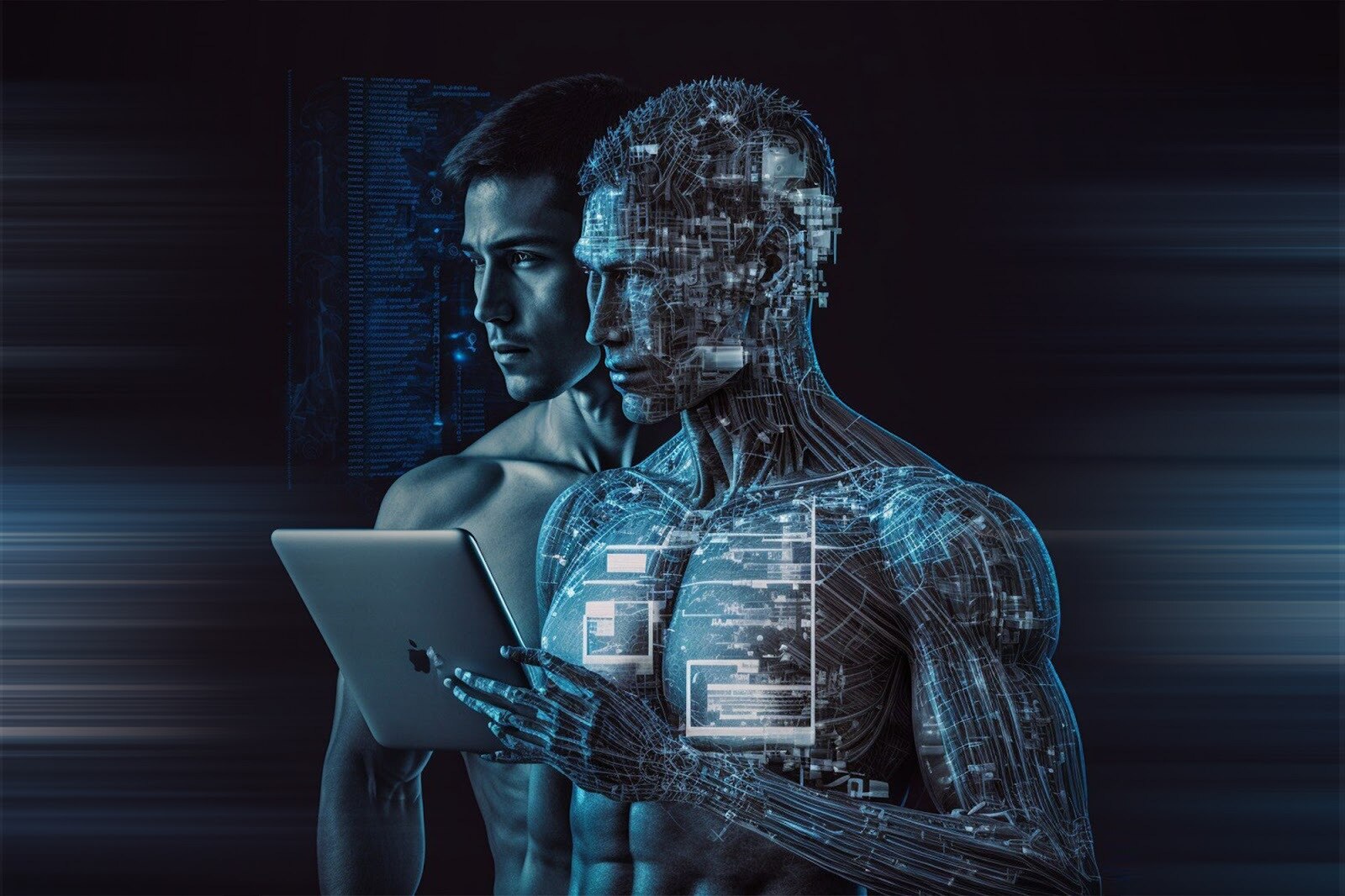
What are Digital Twins? Imagine having a virtual replica of a physical object or system that you can test, tweak, and monitor in real-time. Digital twins are exactly that—virtual models of physical entities. They help engineers, scientists, and businesses predict issues, optimize performance, and innovate without the risks or costs of real-world trials. From smart cities to healthcare, digital twins are transforming how we understand and interact with the world. Why are they important? Because they provide insights and solutions that were previously impossible. Ready to learn more? Here are 24 fascinating facts about digital twins that will blow your mind!
What Are Digital Twins?
Digital twins are virtual replicas of physical objects or systems. They help in monitoring, analyzing, and optimizing real-world counterparts. Here are some fascinating facts about digital twins.
-
Origin: The concept of digital twins was first introduced by Dr. Michael Grieves in 2002 at the University of Michigan.
-
NASA's Use: NASA used digital twin technology to simulate and monitor spacecraft systems, enhancing mission safety and efficiency.
-
IoT Integration: Digital twins often integrate with the Internet of Things (IoT) to collect real-time data from sensors on physical objects.
-
Predictive Maintenance: They enable predictive maintenance by forecasting equipment failures before they occur, saving time and money.
-
Smart Cities: Digital twins are used in smart cities to manage infrastructure, traffic, and utilities more effectively.
Applications in Various Industries
Digital twins have a wide range of applications across different industries. Here are some examples of how they are used.
-
Manufacturing: In manufacturing, digital twins optimize production processes, reduce downtime, and improve product quality.
-
Healthcare: They create virtual models of human organs to assist in personalized medicine and surgical planning.
-
Automotive: Car manufacturers use digital twins to simulate vehicle performance and design safer, more efficient cars.
-
Energy Sector: In the energy sector, digital twins monitor and optimize the performance of power plants and renewable energy sources.
-
Aerospace: Aerospace companies use digital twins to simulate aircraft performance, enhancing safety and efficiency.
Benefits of Digital Twins
Digital twins offer numerous benefits that make them invaluable in various fields. Here are some key advantages.
-
Cost Reduction: They help reduce costs by optimizing operations and preventing equipment failures.
-
Improved Efficiency: Digital twins enhance efficiency by providing real-time insights and data-driven decision-making.
-
Enhanced Collaboration: They facilitate better collaboration among teams by providing a shared virtual model.
-
Risk Management: Digital twins help in identifying and mitigating risks before they impact the physical system.
-
Sustainability: They contribute to sustainability by optimizing resource usage and reducing waste.
Challenges and Future Prospects
Despite their benefits, digital twins face several challenges. However, the future looks promising as technology continues to evolve.
-
Data Security: Ensuring the security of data collected and used by digital twins is a significant challenge.
-
Integration: Integrating digital twins with existing systems and processes can be complex and time-consuming.
-
Cost of Implementation: The initial cost of implementing digital twin technology can be high, especially for small businesses.
-
Data Accuracy: The accuracy of a digital twin depends on the quality of the data it receives, which can sometimes be unreliable.
-
Scalability: Scaling digital twin solutions to large, complex systems can be challenging.
The Future of Digital Twins
The future of digital twins is bright, with advancements in technology paving the way for more innovative applications.
-
AI Integration: Integrating artificial intelligence with digital twins will enhance their predictive capabilities and decision-making.
-
5G Connectivity: The rollout of 5G networks will enable faster data transmission, improving the performance of digital twins.
-
Virtual Reality: Combining digital twins with virtual reality will provide more immersive and interactive experiences.
-
Blockchain: Using blockchain technology can enhance the security and transparency of data used by digital twins.
The Future of Digital Twins
Digital twins are transforming industries. These virtual replicas offer real-time insights, predictive maintenance, and enhanced decision-making. From healthcare to manufacturing, they’re making processes more efficient and cost-effective. As technology advances, digital twins will become even more integrated into our daily lives. They’ll help cities manage resources, improve patient care, and streamline production lines. Embracing this technology means staying ahead in a competitive world. Companies investing in digital twins now will reap significant benefits in the future. The potential is vast, and the impact is undeniable. Digital twins are not just a trend; they’re the future of innovation. So, keep an eye on this technology. It’s here to stay and will continue to evolve, bringing new opportunities and challenges. Stay informed, stay prepared, and watch as digital twins reshape our world.
Was this page helpful?
Our commitment to delivering trustworthy and engaging content is at the heart of what we do. Each fact on our site is contributed by real users like you, bringing a wealth of diverse insights and information. To ensure the highest standards of accuracy and reliability, our dedicated editors meticulously review each submission. This process guarantees that the facts we share are not only fascinating but also credible. Trust in our commitment to quality and authenticity as you explore and learn with us.


